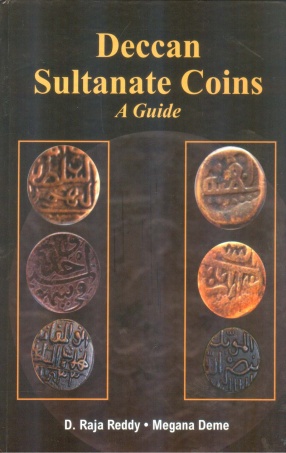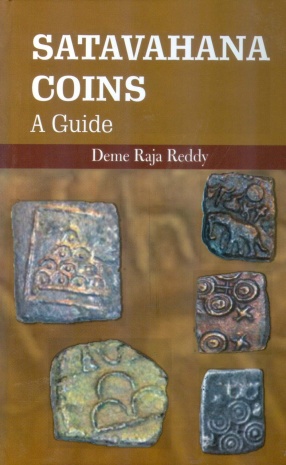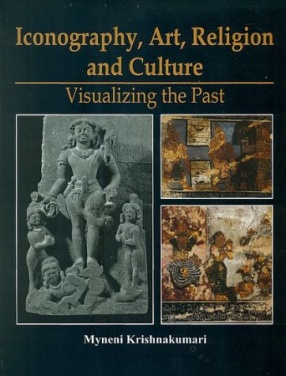
B. R. Publishing Corporation

Showing all 6 books





The Chutang is now an extinct river represented by a dry channel flowing through parts of Haryana and Rajasthan. It was thickly populated during proto-historic period and the present study is spatio-temporal analysis of settlements of Early, Mature and Late Harappan periods (3200 B.C. to 1800 B.C.) in the Chautang basin to understand the Harappan settlement system on a regional scale. The environmental factors are also taken into account in a great deal while ...

It is said that Prophet Muhammad was given two kinds of knowledge. One, that was given to him in the form of the Ayats (verses) and was collected in the form of the Holy Qur'an and the second in the form of esoteric knowldge, which was transmitted from heart-to-heart to his companions and the Sufis. This esoteric knowledge formed the basis of various Sufi Orders. There are about 41 known Sufi Orders, the Naqshbandi, Chishti, Suhuravardi and Qadri Orders being the ...


Islamic coins were first issued in India by the Amirs of Sind in the eight century AD and their regular coinage commenced in the eleventh and twelfth century AD by the Sultans of Delhi. Bahmani was the first major Muslim dynasty (748-942AH/ 1347-1538AD) to rule in the Deccan after their revolt against the Tughlaq rule five succession states emerged in the Deccan and they are Barid Shahi (895-1028AH/ 1489-1619AD), Nizam Shahi (902-1046AH/ 1496-1636AD), Adil Shahi ...

Satavahana was one of the most illustrious dynasties of ancient India who according to 'puranas' ruled over the Deccan and central India after the Mauryas, Sungas and Kanvas. It was indeed an indigenous dynasty that started from the Kotalingala on the banks of River Godavri in Telangana and revived the Vedic Indian culture. Stavahanas left behind great works of art such as those at famous Sanchi and Amaravati 'stupas' and rock cut temples in western India. During ...

Although there are several works on the Hindu iconography,art and culture of India in general and Andhra in particular, still there is a growing need and scope for making further research on the subject in view of the existence of vast untapped art historical resources as well as to offer either new interpretations or to present the historiographical critique on the earlier studies. The book includes twenty five research papers that focus on rediscovering the ...
